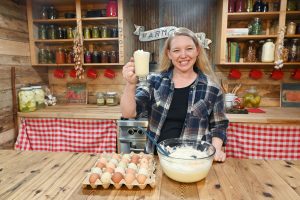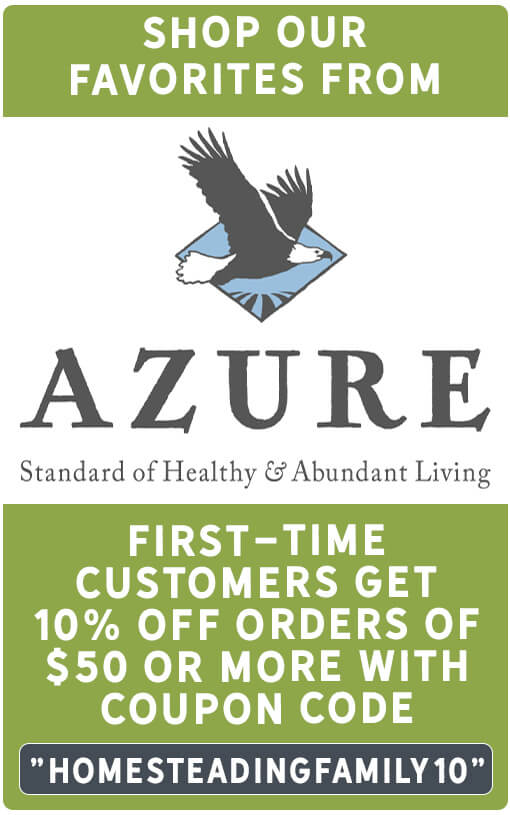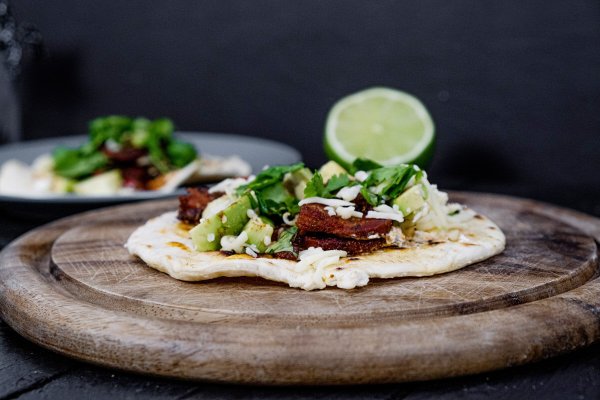Having a zero waste home is virtually impossible in today’s world, but there are many reasonable things we can do to lessen the waste and embrace waste free living in our homes. From buying sustainable clothes to making our own cleaning supplies and personal care products we can make a big impact. What’s the saying? Refuse, reduce or reuse.

There are many ways we, as consumers, can help alleviate the strain of all the packaging material and trash produced for products, used up and then tossed into the landfills.
It isn’t always easy, and it’s highly unlikely we’ll be able to eliminate every scrap of trash from our homes. But we think, if we all do our small part to participate in a less waste movement, we can really benefit our land AND our pocketbooks!
What is Zero Waste?
The zero waste lifestyle is a coined term that’s popular right now that just indicates a movement toward being conscious of reducing your waste.
Does zero waste actually mean you’re not going to produce ANY waste? No. It just means we’re aware of how our family can produce less waste and being conscious to take steps toward that.
There are some people who have managed to bring their overall waste down to a very small amount, but our ultimate goal here is to do better today than we did yesterday and to continue to strive toward less waste overall.
Why Should We Go Zero Waste?
We feel we have responsibilities to steward and take care of the planet. It’s a gift to us and our responsibility is to manage it well.
It’s pretty clear the production of plastic and non-recyclable packaging isn’t slowing down anytime soon. But by being conscious of our consumption of these products there are some wonderful benefits such as…

Zero Waste is Financially Smart
It’s good for the pocketbook for many reasons. Little changes that mean you’re buying less is always a step in the right direction.
A few years ago I read a statistic that the average American family spends $5,000 a year on products that just get thrown away. Things like paper towels, paper plates… convenience items that are used once then tossed.
A while back we chatted about whether or not Homesteading saves you money and discussed more ways we can reduce our waste there.
Zero Waste is Good for Others
Here in the United States, we’re so used to seeing things nice and tidy. Our garbage is tucked away in garbage cans and hauled away by trucks each week (or taken to the dump and handled by someone else).
But the reality is that our waste is affecting someone else and decreasing the quality of their life. Just because we don’t see it, doesn’t mean it’s not destroying our country.
Zero Waste Makes you Personally Sustainable
Zero waste makes me think about the personal decisions I’m making. Things like paper plates, or napkins, or paper towels. I can either buy more paper plates when they run out or I can buy a few more plates and wash them more often.
Likewise, I could buy multiple small bags of rice, or I could spend a little extra money upfront, buy a storage container (maybe a 10-gallon bucket) and get a larger bulk bag of rice so I’m not buying a bunch of one pound plastic bags.
Tips for Going Zero Waste in the Kitchen
Get Rid of Paper Towels
Paper towels are such a convenience, and it was one of the harder items for me to give up. But what helped me most was to have a system in place for replacing the paper towels before actually giving them up.
We use items like old clothing or old towels that we cut up into a nice “paper towel” size.
I don’t try to keep them “pretty”. Once they’re washed they all get dumped into a designated drawer in the kitchen. We don’t fold them or snap them all nice on a reusable paper towel ring.
The other tip that helped me transition was to have one roll of paper towels hidden away. This helped me realize if there was a mess that was just too dirty to clean up with our rags, I could use the paper towels.
But the nice thing was, after realizing the clothes and old towels and sheets we were using were being repurposed already if I had a mess I really didn’t want to go through the washing machine, I’d just throw the rag in the trash and not worry about it.

Cook From Real Ingredients
When you cook from real ingredients, you’re likely buying less packaged foods. Real food tends to live on the perimeter of the grocery store (or better yet, at farmers’ markets). Items like fresh produce, meats, and dairy.
By making them yourself you’ll eliminate the need for packaging and you’ll also have a fresher (and oftentimes healthier) product.
Our last tip is to shop using reusable grocery bags and reusable produce bags to save trash. If you absolutely need to use plastic bags, then repurpose them at home as trash bags in your little garbage cans.
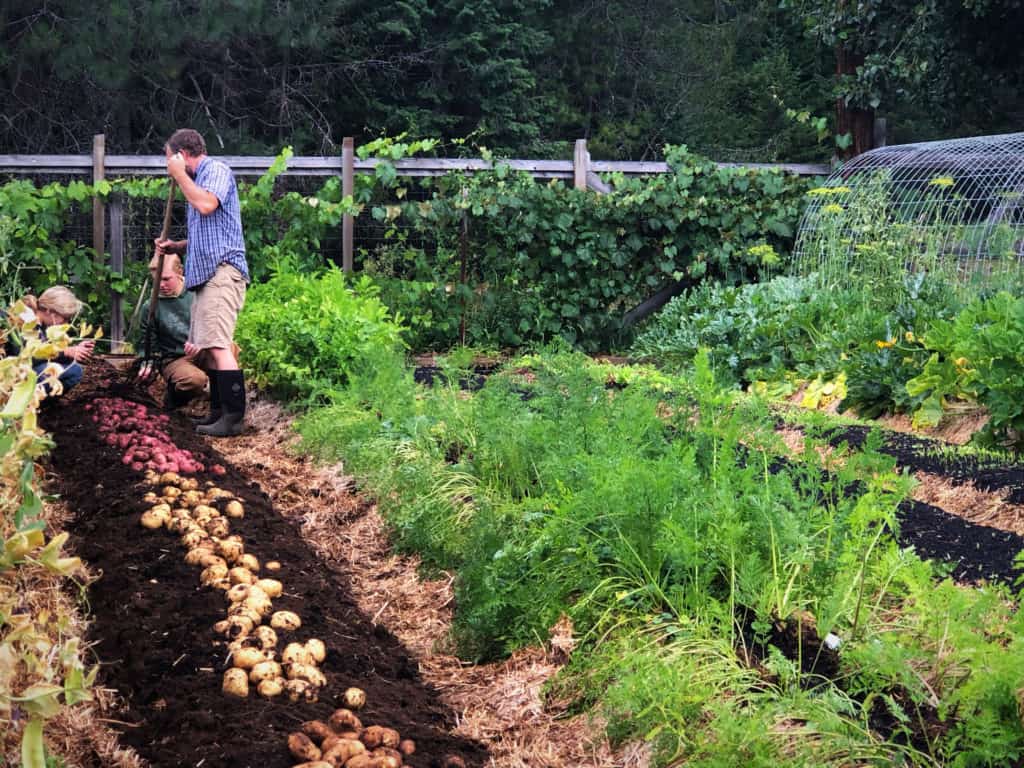
Grow More of Your Own Food
If you have the means to do so, grow your own food. You’d be surprised how much food you can grow in a tower on your balcony.
When you grow your own food you not only eliminate packaging waste, but you save money and have a better quality product that’s usually fresher and healthier.
You don’t need to have a large garden plot to grow food. If you have a sunny windowsill you can grow some fresh herbs. Just start where you can.
Buy in Bulk
The next step is to look for food items in bulk. Instead of buying one pound chubs of ground beef and a couple of steaks each week, could you save up and buy half a cow?
How about your dairy… could you buy extra milk (or find a raw milk vendor) and then make some of your dairy products yourself? Items like homemade yogurt, milk kefir and certain cheeses are a breeze to make.
Read more about building up your long term food storage supply.

Store Food in Reusable Containers
After you’ve cooked up your food and need to store the leftovers in the refrigerator, try not to grab for the ziplock bags, or plastic storage containers.
Instead, use glass storage containers like mason jars, casserole dishes or even large bowls.
Then, instead of covering your dishes in plastic wrap, use something some homemade reusable beeswax wrap. This is so fun to make with the kids and they’re usable over and over again.
Don’t get overwhelmed, just take one area at a time, look to see what you have and what you can do now.

Tips for Going Zero Waste in the Bathroom
Make Your Own Cleaning Supplies
Making your own cleaning supplies is so easy and usually takes just a few ingredients.
Mix up this homemade all-purpose cleaner or this homemade glass cleaner in a reusable glass spray bottle and you’re not only saving plastic waste, but you’re also saving money.
Make Your Own Personal Care & Beauty Products
Ditch the one-time-use cotton balls or cotton rounds for your face and use a towel or washcloth instead. You can even cut up washcloths into little squares that you can then wash in a mesh bag.
You can also make your own face wash, sugar scrubs, bar soap and other personal care products to avoid the individual packaging, then store these products in mason jars.
Go Zero Waste in “Other” Ways
We mean reusable cotton pads or menstrual cups. Over the course of a few years the savings of these products can really add up, plus all the waste isn’t ending up in a landfill somewhere.
And finally, if you have babies or little ones still in diapers, consider using reusable cloth diapers. No, they’re not the most convenient, but if you’re really looking to reduce your waste, this is one of the biggest dents you can make.
(Homemade wipes are also very easy to make!)

Tips for Going Zero Waste with Clothing
Buy Sustainable Clothing
Buying secondhand clothing from thrift stores and consignment stores. Not only does this save you money, but it also reduces the amount of clothing going into landfills and being produced. (Or consider learning how to sew and mend your own clothing.)
Move Away From Synthetic Clothing
Our favorite is when we can find high-quality wool clothing at the consignment or thrift stores. But when we can’t, we’ll spend the extra money to buy clothes that are good quality and will last a long time.
We love wool clothing because it’s breathable and keeps us both warm and cool. It also doesn’t need to be washed as frequently because the fibers don’t trap and hold bacteria.
Synthetic clothes trap and hold onto body odor and sometimes even washing doesn’t get rid of the smell. By buying higher-quality clothing, we need fewer clothes overall, have to wash them less, and have to buy new clothes less frequently.
Only Wash Clothes When They’re Dirty
Make sure you’re only washing things that are ACTUALLY dirty.
I know most of us moms have experienced our children dumping the freshly washed clothes onto their bedroom floors, only to toss them back into the hamper when they clean up their room and you end up washing perfectly clean clothes for a second time.
Let’s teach our children to wear clothes more than once if they’re not truly dirty. Here on the homestead, we can get pretty dirty, so it’s not often that clothes get worn more than once.
However, if we’ve dressed up nice for an event and come home clean, those nicer clothes can get folded up and put away for next time, instead of taking a trip through the washer first.
Buy Laundry Detergent in Bulk
As with buying most things in bulk, buying laundry detergent in bulk will save you money.
I’ve found making my own homemade laundry detergent isn’t as effective at truly getting our clothes clean, often resulting in needing a second wash, therefore I try to buy a non-toxic laundry detergent in bulk quantities.
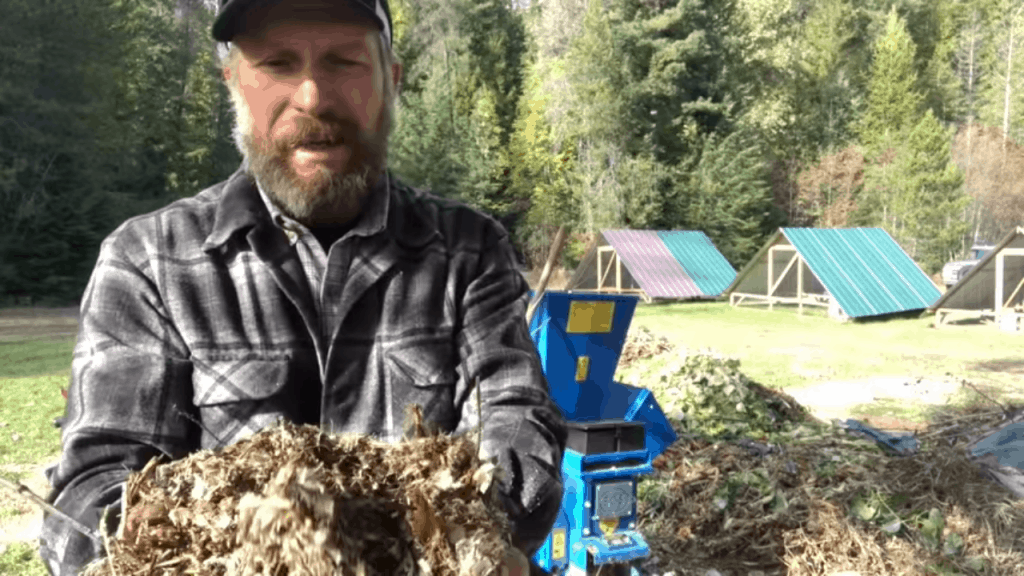
Go Zero Waste in the Garden
Buy Bulk Compost and Soil – Or Make Your Own
Buying individual bags of compost or soil isn’t great because most of them have been sterilized. Buying in bulk will not only save money, but you’ll also get a higher quality.
Grab a truck (or borrow a friend’s truck) and go get a load. Even if you don’t need an entire load, find a corner in your yard to store it because you’ll save money by purchasing it by the cubic yard.
If you have space, time and resources to make your own compost, this will give you the best quality of all. Try using the deep litter method for chickens to create garden-ready compost.
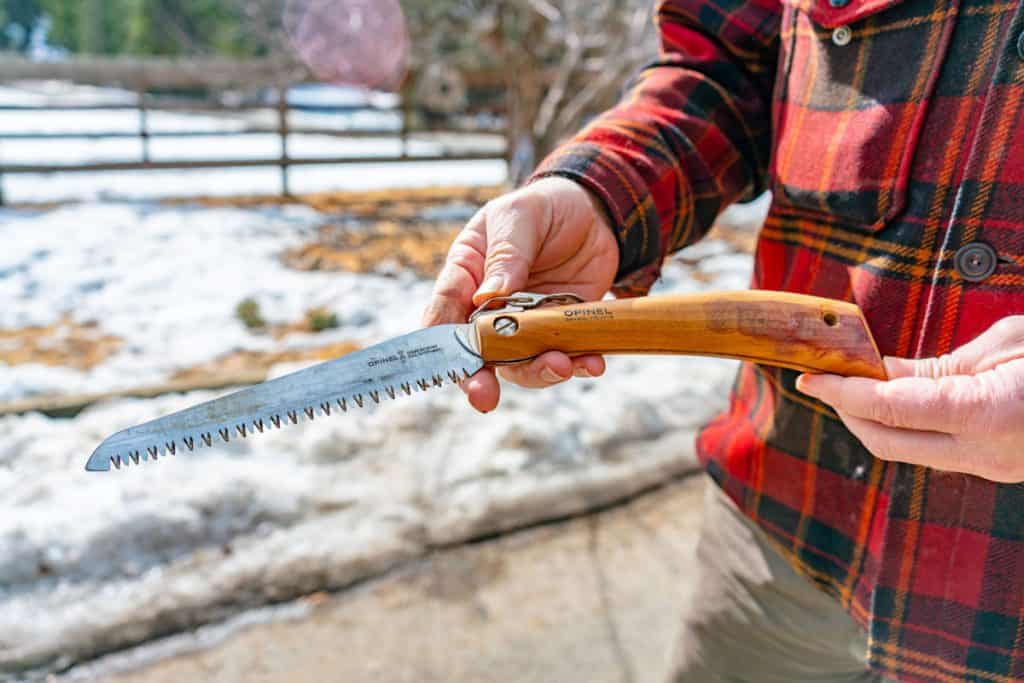
Buy High-Quality Tools
Buying high quality tools means you won’t need to buy new tools every year. Cheap tools have handles that break, the metal is weak and they make life harder in the garden.
Consider buying heirloom tools from someone like Homestead Iron. We’ve started using their tools and the quality is remarkable. The metal is strong and the wood handles, if maintained properly, will last forever. You’ll be passing them down to your kids!
Go Zero Waste with Errands
Try saving on gas and fuel emissions by making fewer trips to run errands. Instead of making a trip to town or to the grocery store every day, compile a list of errands and go once a week (or even less!).

Bonus Zero Waste Tip
Buy every member of your household a stainless steel or glass water bottle. Teach them how to properly care for their bottle and to use it daily instead of plastic water bottles.
Other Posts You May Enjoy
- Laundry Strategies (How to Keep Up)
- Affordable Clothing for the Homestead
- Homemade Glass Cleaner – An Easy Non-Toxic Recipe
- Homemade Beeswax Wraps For Food Storage
- My Secret to Running a Productive Household
- 7 Pantry Stables to Never Run Out Of
- Building Up a Well-Stocked Pantry
- Prepping Your Pantry for Preserving Season
- How to Get 3 Home Cooked Meals on the Table Every Day
- My Preserving Year-at-a-Glance
- Life Lessons from Great Grandma & the Great Depression
- Best Homesteading Books (for the Novice or Pro)
- Wintertime on the Homestead
- Yearly Planning on the Homestead
- Organizing Your Property’s Permaculture Zones


